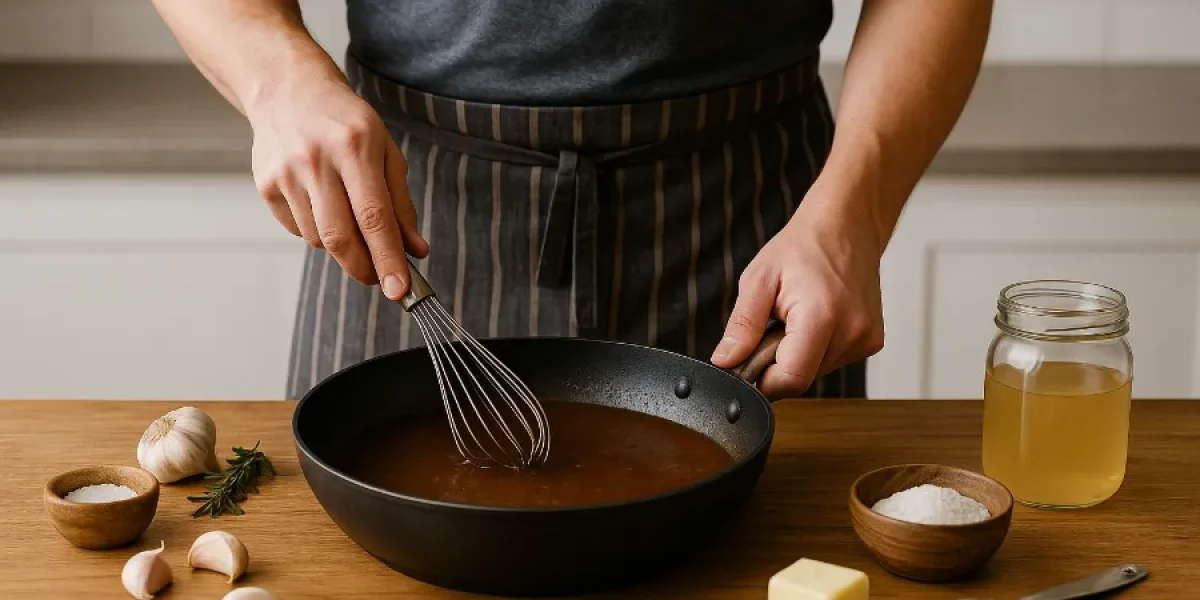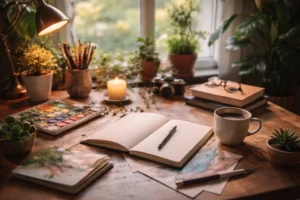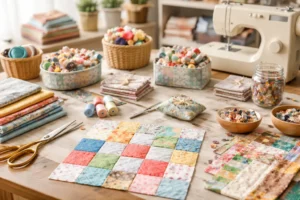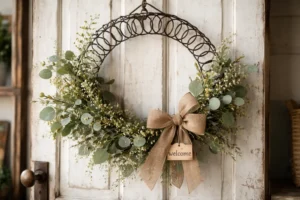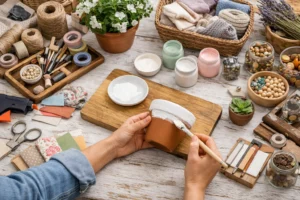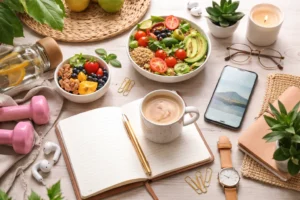If you’ve ever pulled a perfectly roasted lamb from the oven and stared at that shimmering pool of juices and fat in the pan, you’re sitting on one of cooking’s greatest little secrets: the foundation of lamb gravy. In this post I’ll walk you through every step—from the basics to the finer touches—so you can move beyond “just OK sauce” and serve up something unforgettable.
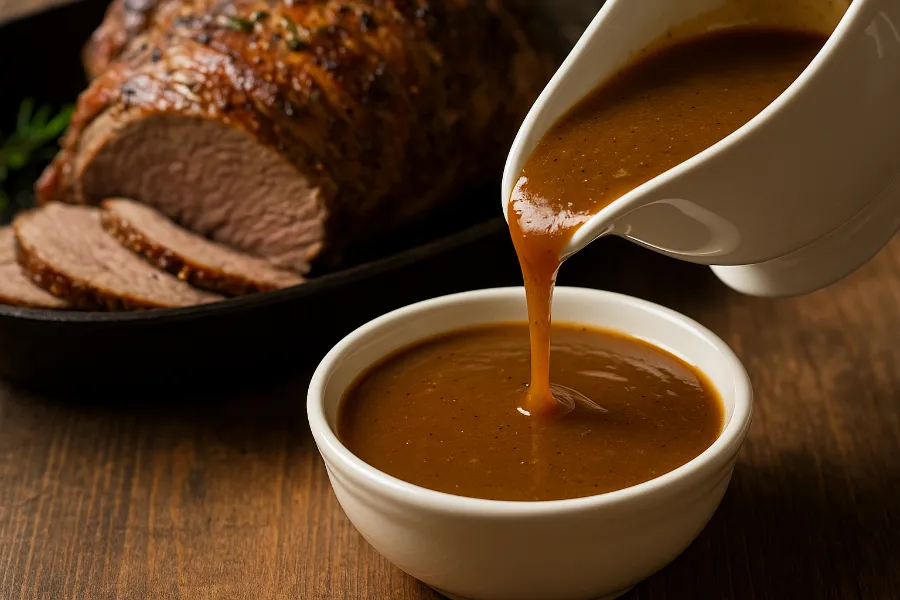
Cooking Gravy: the simple truth
When I say “cooking gravy,” what I really mean is turning those drippings, that fat, that fond (those caramelised bits stuck to the pan) into something silky and flavour-packed. Gravy isn’t a side thought—it’s the bridge between your roast lamb, your potatoes, your vegetables. It’s what brings the meal together.
If you’re nervous about making gravy: don’t be. I used to avoid it. But once I realised it’s just fat + flour + liquid + good seasoning, the world opened up. Making lamb gravy becomes not a chore but a highlight.
Gravy from Pan Drippings: your flavour goldmine
Here’s why I emphasise using drippings: when you roast lamb, the fat renders out, the aromatics (herbs, garlic) infuse the juices, and all those toasted bits at the bottom of the pan accumulate flavour. That’s your secret weapon. When you make gravy from pan drippings, you’re capturing the full story of the roast.
Here’s how I do it:
- Remove the lamb and let it rest.
- Pour the roasting pan contents (juices + fat + bits) into a bowl. Let the fat rise to the top, skim off a few tablespoons.
- Return the pan (or move to a saucepan) to the stove. Use the reserved fat, plus the good pan-bits, as your gravy base.
- From here, we move into building the sauce.
This step alone separates a good roast from a great roast.
Roast Lamb Gravy: making it family-friendly and dinner-party ready
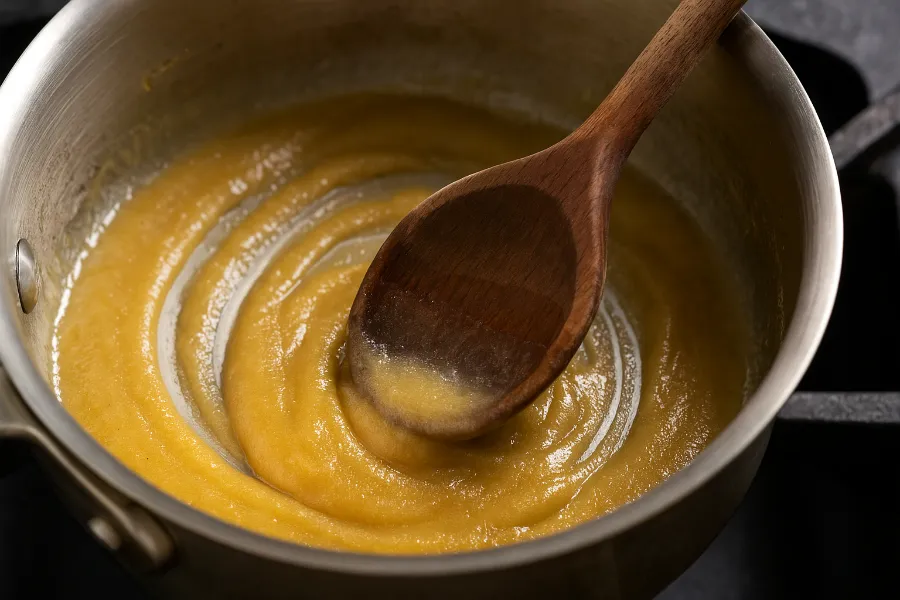
When I set out to serve a roast lamb dinner—whether Sunday night or a special occasion—I think ahead to the gravy. Because a memorable roast lamb gravy will get people talking. “What’s in that sauce?” they’ll ask.
Here are two levels: the reliable home-cook method and the elevated dinner-party version.
Home-cook method
- Reserve 3 tablespoons of lamb fat + drippings.
- Add 3 tablespoons plain flour.
- Slowly whisk in 2 cups stock (lamb or beef).
- Season with salt & pepper. Add a splash of vinegar or wine for brightness.
- Simmer until it thickens. Serve.
Dinner-party upgrade
- Deglaze with red wine or port (instead of just plain stock).
- After adding stock, reduce by half for depth.
- Finish by whisking in a knob of cold butter—or a splash of cream—for gloss and richness.
- Strain the sauce for a smooth finish.
- Add finishing seasoning: a tiny dash of Worcestershire, a sprig of fresh rosemary.
That difference? It’s the kind of thing that turns a regular roast into something your guests will remember.
Homemade Gravy from Drippings: even when you’re in a hurry
What if you don’t have a fancy pan or you’re short on time? No problem. You can still make a solid homemade gravy from drippings that tastes far better than store-bought.
Here’s a quick version I use when I’m pressed:
- After removing the lamb, leave about 2–3 tablespoons of fat in the pan.
- Sprinkle in flour, stir and cook until it smells slightly nutty.
- Add warm stock gradually, whisking to prevent lumps.
- Taste and adjust the seasoning.
- If you want shimmer? Add butter at the end.
Even with minimal fuss, you’ll get a rich, lamb-flavoured gravy that complements everything on the plate.
Gravy Recipe: your go-to formula
Let’s put it all together in one go—the gravy recipe you’ll want to bookmark.
Ingredients:
- 3 tbsp lamb fat & drippings (from the roasting pan)
- 3 tbsp all-purpose/ plain flour
- 2 cups stock (lamb or beef)
- Optional: ½ cup red wine or 1 tbsp balsamic vinegar
- Salt & freshly ground pepper
- Optional finishing: cold butter or cream
Steps:
- After roasting the lamb, pour pan contents into a bowl and reserve.
- Place pan (or saucepan) on medium heat. Add the fat portion.
- Sprinkle in flour and stir continuously until golden and nutty (this is your roux for gravy).
- If using wine/vinegar, add now to deglaze the pan and lift up all the fond (this is pan deglazing in action).
- Gradually pour in the stock while whisking, scraping up any browned bits.
- Simmer gently until the sauce has thickened—this is thickening gravy the natural way.
- Finish with a little butter/cream if desired. Taste for final seasoning.
- Serve immediately.
You’ll find this gravies everything from the roast to sautéed vegetables and potatoes.
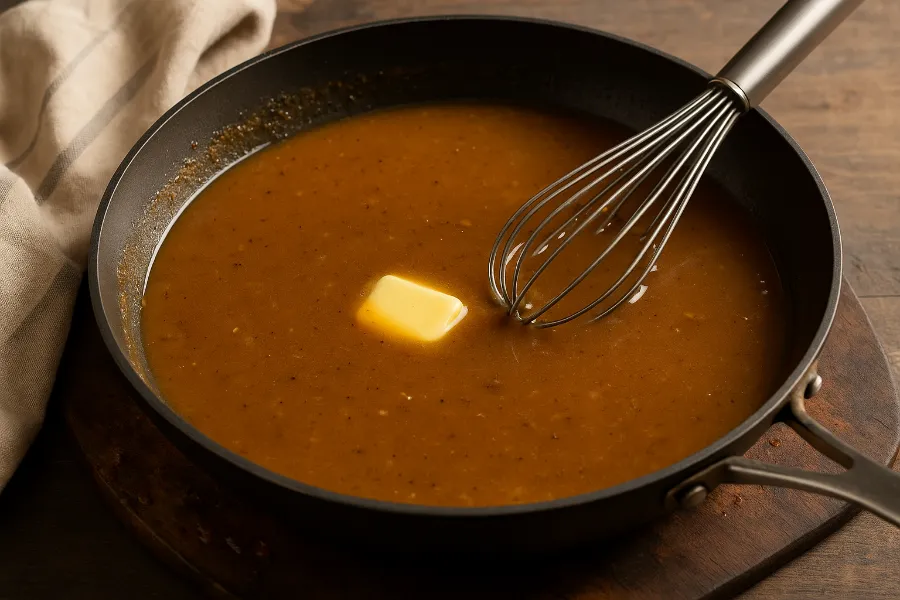
Roux for Gravy: the backbone of texture
If you’ve ever encountered lumpy gravy or one that tastes floury, the culprit is often the roux. A good roux for gravy is equal parts flour and fat, cooked long enough to lose that raw flour taste, but not so long it burns.
Here’s what I focus on when building the roux:
- Use moderate heat. Too high? You burn the flour. Too low? You risk raw flour taste.
- Stir constantly—no leaving it alone.
- Watch the colour: aim for a blond to light-brown hue for lamb gravy (since the drippings already provide dark colour).
- Smell it: if it smells toasted, you’re on the right track.
The roux sets your gravy’s body. Nail this, and everything else falls into place smoothly.
Thickening Gravy: fine-tuning the consistency
Here’s a little secret: your gravy will continue to thicken as it cools. That means when you think it’s “just right” hot, it might be a bit more solid later. That’s why I always stop the cooking when it’s just a touch looser than I’d like.
Here are my go-tos for controlling texture:
- Too thin? Simmer uncovered so liquid evaporates.
- Too thick? Add a splash of warm stock or water, whisk to loosen.
- Lumpy? Strain through a fine mesh or whisk vigorously.
- Greasy top? Skim excess fat before you start the roux.
- Raw flour taste? Extend cook time on the roux before adding liquid.
By keeping these in mind, you’ll get a gravy that coats the meat and sides beautifully—not one that runs off or sits like syrup.
Pan Deglazing: the flavour hack you’ll love
Whenever I roast lamb, I know the best part is about to start: pan deglazing. After the roast, all the browned bits clinging to the pan are flavour gold. Add liquid to scour them up and you’re tasting depth, not just warmth.
Here are my favourite deglazing liquids for lamb:
- Red wine – gives colour, body and a hint of acidity.
- White wine – lighter, great if your lamb roast is on the lighter side.
- Balsamic vinegar – for a tangy–sweet finish.
- Stock – if you want to keep it simple and savoury.
Once you add the liquid, you whisk—or use a wooden spoon—and scrape the bottom to lift all those flavour bits. That’s what makes the difference between bland “gravy” and a sauce someone asks for seconds of.
Bringing it all together: your ideal lamb-gravy dinner
Here’s how I like to orchestrate a roast lamb dinner so the gravy takes centre-stage:
- Roast the lamb: rub with garlic, rosemary, olive oil; start high to brown, finish moderate to cook through.
- Let it rest: don’t skip this. Resting ensures the juices redistribute and the drippings are ready.
- Make the gravy: while the lamb rests, start building the roux, deglazing, adding stock, simmering.
- Prepare sides: roast potatoes, seasonal vegetables—while the gravy is simmering you have time.
- Serve: carve the lamb, pour the gravy (or serve it in a jug for guests to help themselves), and watch everyone dive in.
If you want to elevate the moment, choose one of the variations we discussed (wine, cream, herb finishes) and you’re good for a memorable meal.
Personal reflections: why I love making lamb gravy
There’s something deeply satisfying about watching a simple roast transform into a full experience, and the gravy is the glue. As a home cook, the moment I whisk in stock and see the sauce swell, smell the aroma, hear the table chatter—it reminds me that cooking isn’t just about feeding people, it’s about creating an atmosphere.
And the best part? Once you’ve done it a few times, you’re not chasing perfection—you’re chasing enjoyment. Whether it’s a quiet family dinner or a gathering of friends, that rich, smooth lamb gravy brings comfort and connection.
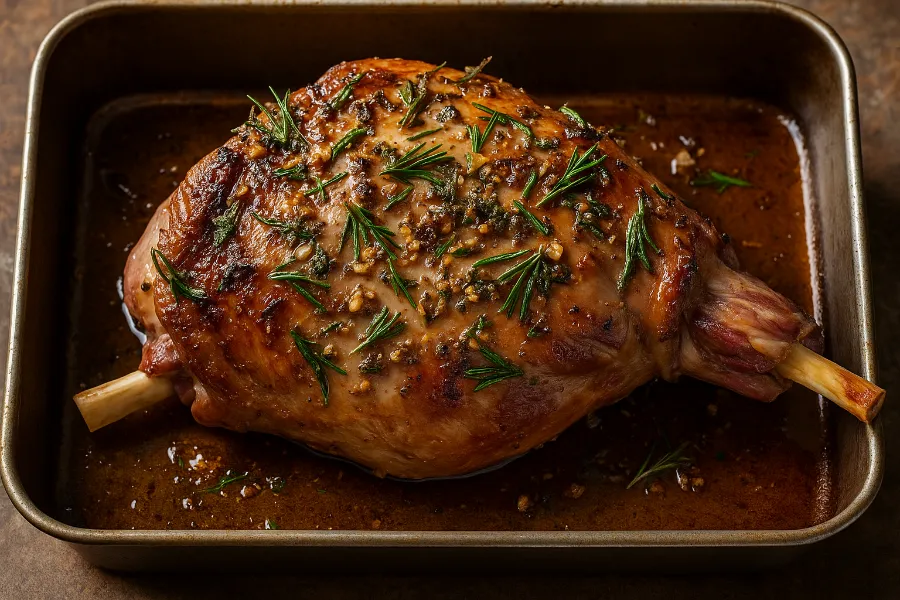
Final thoughts
If you remember just one thing from this post, let it be this: the drippings are your friend. Use them. Honour them. Build that lamb gravy from them. With the tools and steps above—cooking gravy, collecting drippings, building the roux, deglazing properly, thickening with care—you’re set. As you grow more confident, try those variations, bring in the wine or herbs, finish with butter.
And when you pour that gravy over carved lamb and watch it pool around roast veggies and potatoes—you’ll know you’ve created something special. From drippings to delight.
FAQs
Start by collecting the lamb fat and browned bits left in the roasting pan. Add flour to form a roux, then slowly whisk in stock to create a rich, flavorful gravy.
Yes! Use butter or oil as a fat substitute and add lamb or beef stock for flavor. A touch of Worcestershire or soy sauce can mimic that roasted depth.
Simmer the gravy uncovered until some liquid evaporates. For extra body, whisk in a bit more roux or dissolve cornstarch in water and stir it in slowly.
Red wine, balsamic vinegar, or stock work beautifully. Each brings a different note—wine for richness, vinegar for tang, and stock for pure savory depth.
That usually means the roux wasn’t cooked long enough. Always whisk and cook it until it smells nutty and lightly browned before adding liquid.
Finish it with a cold pat of butter or a drizzle of cream. This step adds shine, smooth texture, and restaurant-style polish.
Stored in a sealed jar, it keeps up to 4 days in the refrigerator or up to 3 months frozen. Reheat gently over low heat, adding a splash of stock to loosen.

